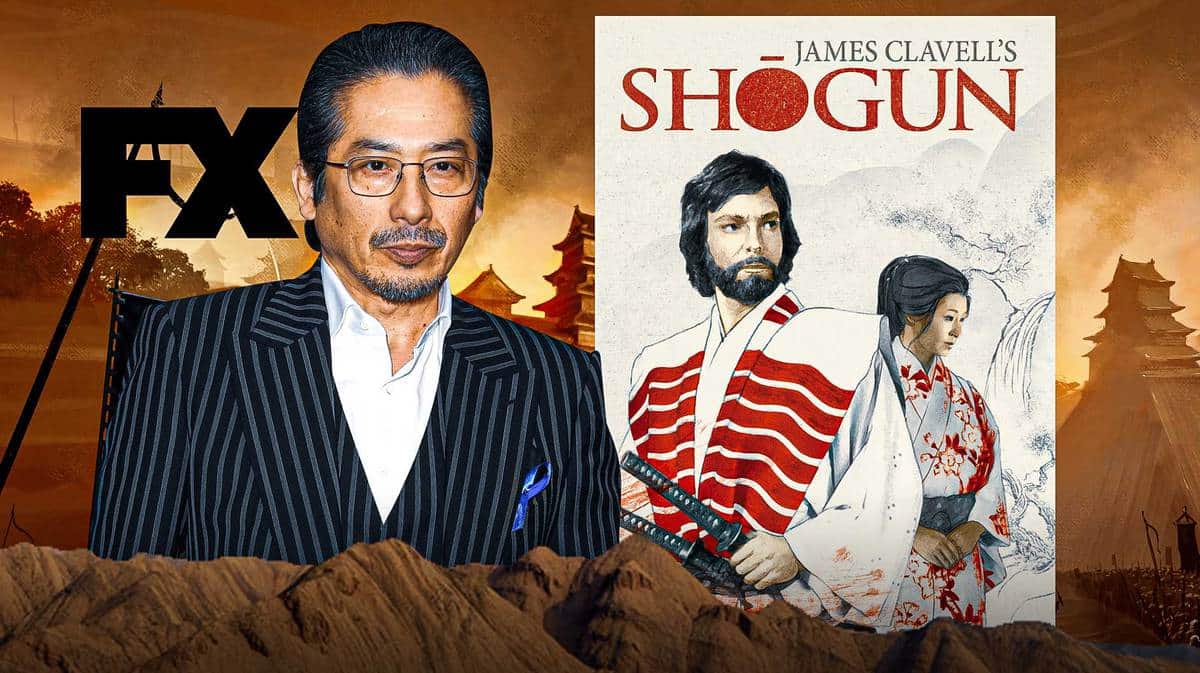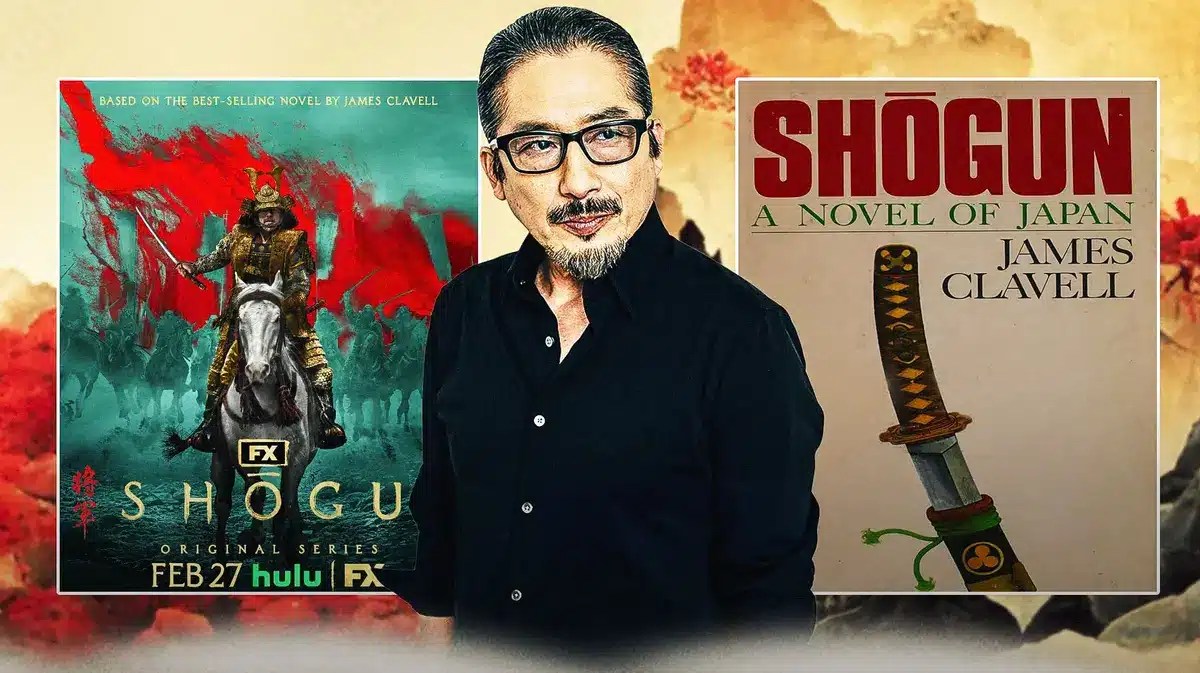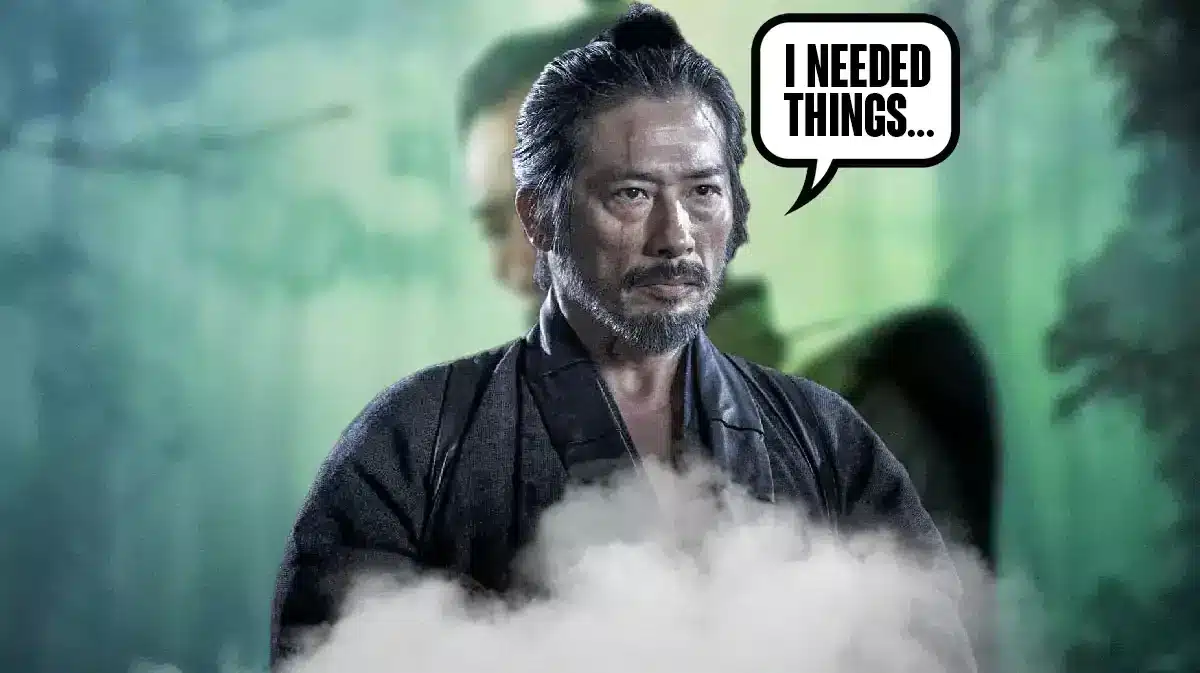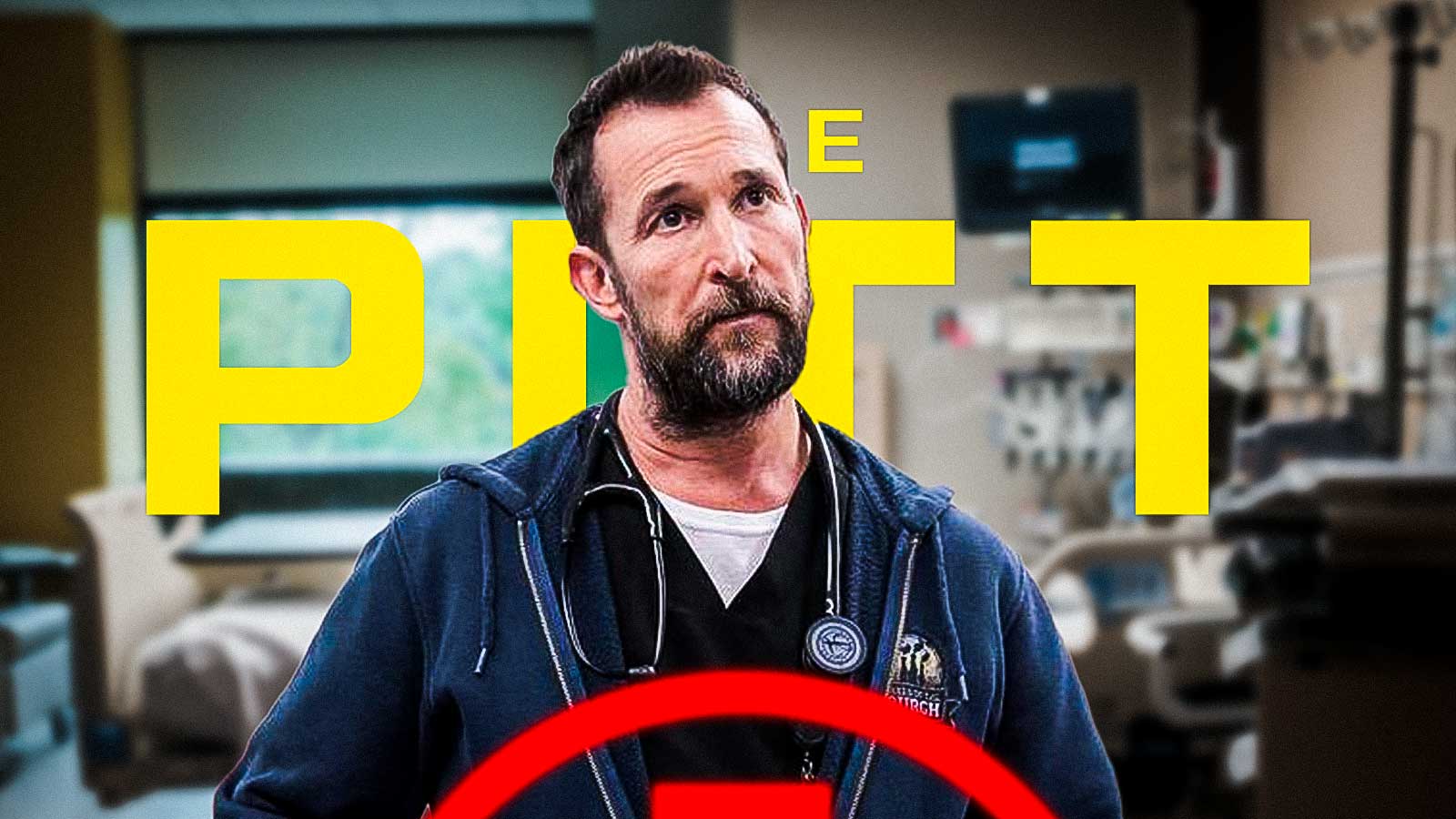If you haven't seen FX's Shōgun, SPOILERS ahead.
I read James Clavell's Shōgun and saw the 1980's miniseries starring Richard Chamberlain and Toshiro Mifune years ago. With that said, I can only remember a few things from both the book and the show, which will be helpful in watching this remake with somewhat fresh eyes.
What can both help and hinder in my reviews is that fact that I wrote my undergraduate thesis on the question of the samurai's heroism as depicted in movies versus Eiji Yoshikawa's 1967 novel Taikō. I'd like to think that it will be more helpful.
Welcome to the world of the Shōgun

The biggest difference between this series and the one in the '80s is the focus. Here, it's Toranaga (Hiroyuki Sanada) and not Anjin, the Japanese word for pilot or navigator. And in the book and both series refers to John Blackthorne (Cosmo Jarvis), the Englishman aboard the Dutch merchant ship, Erasmus.
The year is 1600 and the Taikō — or the supreme ruler most commonly used in historical reference to Toyotomi Hideyoshi — has died leaving behind a young heir. To rule in his stead are the Council of Regents: Lords Kiyama (Hiromoto Ida), Sugiyama (Toshi Toda), Ohno (Takeshi Kurokawa), Ishido (Takehiro Hira) and Toranaga.
Visually speaking, the show is gorgeous. And as someone who has seen a lot of shows and movies that feature Asia with foreigners, it's such a relief — and dare I say, pleasure — to watch non-Asian actors who CAN act in a project with a predominantly Asian cast.
If that's such a niche feeling, then I assure that it's not to us Asians. The foreigners here may not be the main characters, but they aren't afterthoughts either.
Who (or what) is Anjin?
We're introduced first to John Blackthorne arguing with the captain of the Erasmus. He's insistent in reaching the Japans and says, “We'll lay claim to that dark land, then it's back to Holland.”
We also realize that this one ship, the Erasmus, is the only survivor out of five that left Holland, and the men aboard — about a dozen — are the only ones left out of what started as 500.
When the Erasmus finally sets on land, Japanese soldiers board the ship. I definitely appreciate the period-accurate uniforms of the soldiers. In my opinion, nothing takes one away from a scene than an obviously inaccurate detail.
I also appreciate good lighting. Most of the streaming shows these days are so dark it's difficult to make out what's happening on screen. It makes question whether it's your screen or the show itself that has a problem.
The Council of Regents
Hiroyuki Sanada as Lord Toranaga doesn’t make a grand entrance. This fits his character more than his station as the Lord of the Kantō. However, he does cut an imposing figure as he strides through Osaka Castle to meet with the Council of Regents.
I appreciate the contrast of colors between Toranaga and Lord Ishido. Toranaga is in a slightly muted yellow, while Ishido is in black and silver.
If you're an anime fan, you'll most likely here the somewhat familiar words “gozaro” and “donno” which are hardly used today. They're usually auditory earmarks of historical dramas.
If you're just a casual watcher and going into the show without any or even just a little knowledge of Japanese culture and tradition, you can still see the attention to detail Shōgun's production team put in. That may have a lot to do with Sanada as a producer — for the first time, at least officially — for the show.
When the Council of Regents are in session, the seating arrangement makes it obvious who's allied with whom (all four) against Toranaga, and he calls this out. Sanada makes an elegant these-meetings-are-exhausting face. Four centuries later, it's still the same face we make (at least in our heads) when we're in meetings that should have been just emails.
There are a lot of layers in the scene where one of Toranaga's retainers object to the insult made to his master. And if you're not familiar with the concept of “saving face,” you'll definitely think that calling for the retainer's death and that of his son is an overreaction. However, in this culture at this time, honor — and even just the perception of it — is literally a life and death matter. The price to pay for dishonor as deemed by one's superior is usually one's life.
As the retainer is condemned to die, so is Toranaga and his entire clan if he does not find a way to escape the clutches of Ishido who has effectively captured him in Osaka.
To Anjiro to Osaka and back again
Elsewhere in Japan, Lord Yabushige (the always excellent Tadanobu Asano), arrives and asks to inspect the Erasmus. He seems to be a mercurial sort: he orders Blackthorne removed and then somewhat forcefully bathed, and with the same hand orders the execution of one of the Englishmen by boiling him alive.
Back in Osaka, Toranaga goes to see the heir, the late Taikō's son and an older woman tells him that while she thinks he is a good man, “Now is not the time for good men; it is time for a shōgun.”
Much is made of Toranaga being a Minowara. In this world, the Minowaras are a historically important samurai family. In fact, the last shōgun was Toranaga's ancestor even though he shakes this suggestion off, “That title is a brutal relic from a bygone era.”
Going back to where Yabushige is, who is apparently enamored of the idea of discovering what happens to man in his last moments, his retainer (or hatamoto in Japanese) presents a courtesan, Kiku (Yuka Kouri).
I’m not sure if it’s just me, but it seems that while Hollywood portrays Japanese women (or Asian women in general, really) as purely subservient, Kiku is wily and in full command of her sexuality.
Blackthorne is then ordered to be taken to Osaka. Another pilot, Rodrigues (Nestor Carbonell), is tasked to deliver Anjin to Toranaga along with Yabushige's men.
He tells Rodrigues, “These people are godless savages.”
To which the Portuguese replies, “Or maybe they just don't give a s*** what you think, you scheming little pirate?”
Just a note, back in those days, there was a big conflict between the Catholics and Protestants. It wasn't just about religion — which was more or less the monarchs' excuse for war when they present it to the masses — but about trade and how the world is partitioned.
Waiting in Osaka, Toranaga calls on Lady Mariko (Anna Sawai), his trusted friend Hiromatsu's daughter-in-law, trying to see where her loyalties lie. Lady Mariko is a Catholic convert and a samurai. While that could have been an anathema to Toranaga, in this situation he sees it as an advantage: a vassal loyal to him and one who speaks the foreigners' language. In this case, the Portuguese language is presented to the audience as English.
On the ship, Blackthorne and Rodrigues have their reckoning: the latter knows what the former is really in Japan for. They decide they're at a stalemate and Rodrigues tells Anjin, “Every man has three hearts: one in his mouth for the world to know; another in his chest just for his friends; and a secret heart buried deep where no one can find it.”
With that in mind, Blackthorne is escorted to Toranaga's quarters where he meets the Lord of Kantō. Then he bows.
The show does such a good job in introducing the audience to this world. And while many have compared Shōgun to Game of Thrones, I think the better comparison is with Succession.
Sure, the sumptuous costumes do evoke the GoT aesthetic, but the political intrigue is definitely succession. The difference is that it's not within a single family. This is a fight between Toranaga and Ishido — for the most part.
As mentioned before, in this remake, the focus has been shifted away from Blackthorne and on to Toranaga. He's the main character here, and at least for this episode, we see him as the story is presented to us and not just through Anjin's eyes.


















